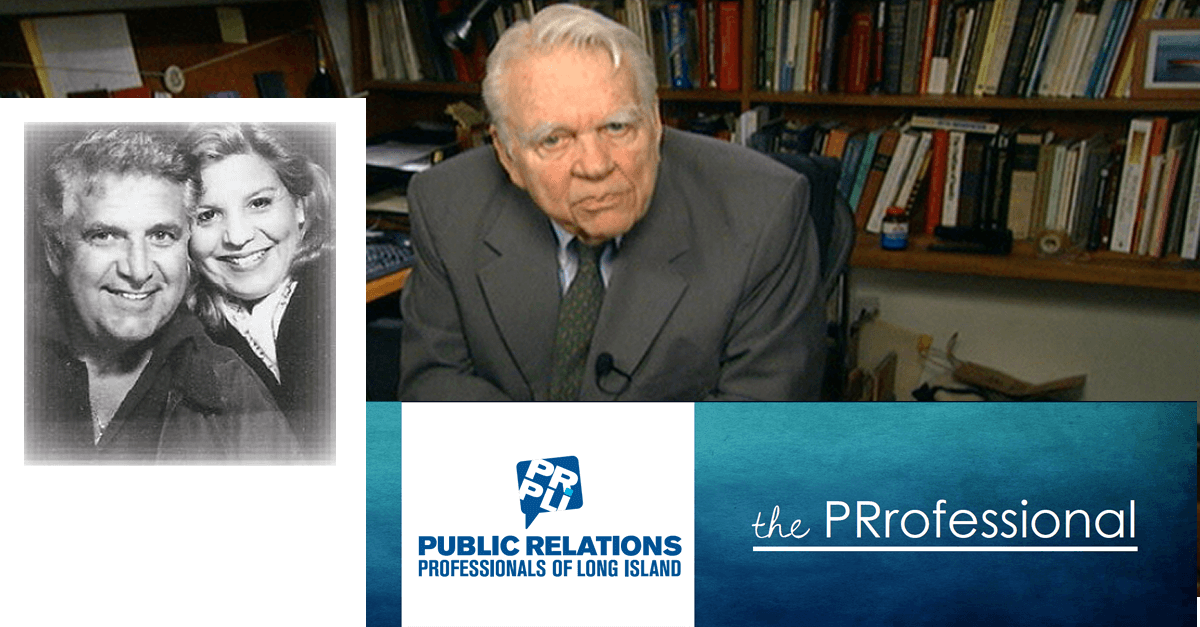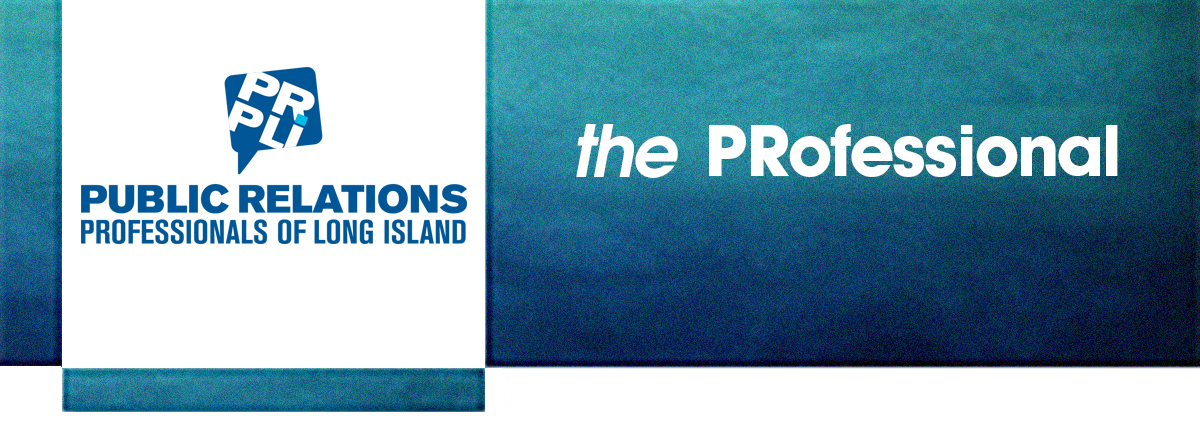Something to Sneeze At
Before she created her OWN television network, Oprah Winfrey hosted a daily show at 4 p.m. If you invented a product, you wanted it to be picked as one of her “favorite things,” and if you authored a book, you wanted it to be chosen for her book club. If Oprah said to buy it, most people who could, would, and if she said to read it, most people did, evidenced by the book’s climb to the top of The New York Times bestseller list. She has the golden touch. Malcom Gladwell would label her a “sneezer.”
In his book, The Tipping Point, Gladwell discusses the magic moment when an idea, trend, or social behavior crosses a threshold, tips, and spreads like wildfire. These social epidemics are a marketing phenomenon. It’s the mass dissemination of products or ideas.
Recently, Bill Whitaker reported a story on CBS’s 60 Minutes about social influencers. They are 20-somethings who earn millions by pitching products in short and silly videos. They upload their homemade, six-second movies on Instagram, Vine (which may be closing down), YouTube, or Snapchat. The mere shock value of the material garners followers. Through endorsements of products or services, their followers turn into dollars. These social influences are a new force in advertising. They are modern-day “sneezers.”
Years ago, there was a magical movie about an extraterrestrial who came to earth and won our hearts while filling his stomach with Reese’s Pieces. Spielberg’s ET followed the candy, and Reese’s didn’t complain about the attention. That’s old-fashioned product placement, and a good example of embedded marketing. The movie is a classic, and ET, the character, could very well be termed a “sneezer” in Gladwell’s world.
As public relations people, we are called upon to get the good word out. But are we at the mercy of a few social influencers? What message do we want to send? The mass production of silly material in six seconds is helping to sell, but is it helping us to grow as a society?
I wish Andy Rooney were still alive. I wonder how he would have commented on this phenomenon. Ah-choo! I’m going to pass the Kleenex® to George.
Debra Scala Giokas is the director of marketing at Certilman Balin Adler & Hyman, LLP. Although she posts newsworthy items on social media, she prefers to express her thoughts in more than 140 characters and has a collection of handwritten letters.
I So Miss Andy Rooney
I’m sure the old curmudgeon Andy Rooney, with the messy office and common sense commentary, would have plenty of things to say about the current state of the world.
But even Andy would have a tough time these days.
Nationally, the media has hit its lowest point of trust with the American public. According to the Pew Center and Gallup organizations, trust in the media has reached historic lows, with Gallup saying that only 4 in 10 adults trust what they see in the press, lower among younger people. You have to go all the way back to 1976 to find a 72-percent trust in the media. It’s been dropping ever since. And much has been written about websites, many of them on Facebook, masquerading as legitimate media, with fake news, searching for readers who crave affirmation of their beliefs. It’s called “confirmation bias,” and it’s rampant online, especially during this past election cycle.
So, what does this have to do with communications professionals? Everything.
If you think your word is now easier to get out because you are no longer at the mercy of a cantankerous editor sitting at a press-release-strewn desk, think again. You may have a gazillion more ways at your disposal to spread the word, but what you are trying to do is shove your release into a raging firehose pointed straight at you. And most of what’s coming out of that firehose is garbage.
Things have never been so different for many of us. For the media it’s a sea change in the way advertising and information are delivered to the masses, leading to massive layoffs in traditional and even more modern newsrooms. And for communicators, for example, the overnight success of someone who decides to post a video of a backyard squirrel performing morning calisthenics can now be competition. There are no real rules or examples to follow anymore on what’s good and what’s not. Truly, anything goes.
With a severe drought in the Sea of Quality and a lack of true measure of what stands out, we drift from one formula to another, looking for what works. Trouble is, that changes day to day.
The best thing we can do is see this as the renaissance it is. It will eventually straighten out. We may not be here to see it, but we could sure use an Andy Rooney to get us through it.
George Giokas is chairman of the board of HealthDay, president/CEO of StaffWriters Plus, Inc., an adjunct professor at Stony Brook University’s journalism department, and author of the young adult novel Nickel Ice. Follow him on Twitter @georgegiokas5.






